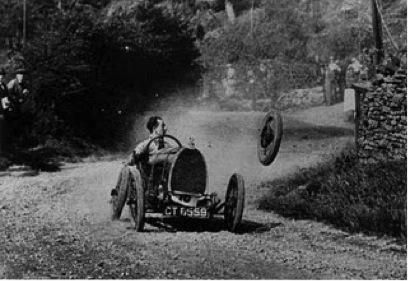
If you’ve seen many movies that involve a good ol’ car race, you’ve probably also seen one or two that have the classic “bad guy sabotage” bit written into the story. You know; the part where the bad guy loosens a few bolts on the good guy’s vehicle, causing him to crash and burn? It makes you wonder whether or not what was done to the car would actually lead to an end result like that.
Having a few loose parts on your guitar won’t make you spin out or crash, but it can definitely lead to poor functionality in a variety of ways. When you strum your guitar it’s not just the strings that move. Everything moves in resonance, and if something isn’t fastened to that whole moving piece, chances are it’s going to rattle.
Loose electronic components are a separate issue – they can cause rattling, but what’s worse is continued turning of controls that are loose can lead to wires being ripped off inside. Below I’ll list a few common parts that can come loose as well as a few quick, safe ways of fixing them. Before I get to that though, it should be mentioned that it is common practice to ensure all screws on the guitar are securely fastened. Any one of them has the potential to cause a bad rattle.
- Strap Buttons.
These can be a nuisance for loosening over time, and can potentially cause an annoying rattle sound when you play. That, and if they are loose enough, they will spin around easily causing them to lose their hold on your strap. Bad thing to have happen when you’re on stage!
Sometimes a little twist with a screwdriver will tighten them right up, but it’s also common that the screw will have made the hole a little bigger from constant pressure from the strap. A quick and handy fix for this is to remove the screw, and use a toothpick (or a few) to fill the hole. If your guitar is a hollow body, you’ll need to add a little wood glue to the mix so you don’t turn your guitar into a maraca.
- Saddles
These are common culprits because most are designed to move for intonation and string height purposes. Ensure that all your string height screws are fully and securely making contact with the base of the bridge, and that each saddle is in its proper place. A bridge that does not allow you to raise / lower each string separately (like the one pictured above) is a different story. If a saddle is rocking back and forth on its track here, you have a few options. First, you can try moving it forward or back to see if either way fixes the problem – though this could cause intonation issues.
Second, with the saddle set properly in place for intonation, try squeezing a piece of paper or cardstock between the saddle and the groove it’s in. It may not be pretty, but it will hold the saddle still. Lastly, you can replace the saddle or bridge.
- Machine heads
Basically the same idea as the other screws on your guitar, make sure everything is tight including the nuts and washers on top. Try holding the tuning keys when striking a string to see if it stops a rattle. If everything seems tight and it still rattles when you don’t hold it, there may be something loose inside and you’ll need a replacement piece.
- Volume / tone controls.
You can tell when one of these is loose when you turn one and it seems to go beyond its full rotation. This is either due to the bolt not holding the pot in properly, or the knob has come loose from the pot. The first step is to safely remove the knob.
Use your fingers first! Don’t attack the knob with a pair of pliers as you can easily damage it or slip and damage the body. If you can’t get it yourself, here are a few handy tools:
Flat shoelace.
I used to use one of these before I had the tools I have now. They’re pretty durable, and can usually slip right under the knob. Just fit it under, grab both sides of the lace, and gradually apply lifting force.
ESP Multi Spanner
This tool is great for both turning various sized bolts and prying a knob off. Again, start gentle and slowly lift off the knob. Be sure to lay a shop towel or something soft underneath when you use this as it is metal and can potentially scratch your guitar.
Schatten knob and bushing puller
This is for when you need the “big guns”. It can apply more pulling power than you’d ever be able to yourself and it does it in a surprisingly safe way. The base of the device has a smooth rubber edge that protects the body, while the lifting system is very strong and moves only as fast as you can turn the key.
If you were able to pull the knobs off easy, chances are they just aren’t hugging the pot tabs tight enough. To fix this, you can first try to separate the tabs a bit with a flathead screwdriver. Be gentle, the metal isn’t the strongest in the world and is prone to breakage.
Another method would be to wrap a small amount of aluminum tape around the pot tabs to make for a more secure fit.
If the knob was sitting firmly on the tab, you’ll need to tighten the bolt holding the pot. Don’t rush in and do that! As I mentioned earlier, turning a loose bolt can also turn the pot inside, risking disconnection of wires. Using a flathead screwdriver again, you can hold the pot in place while tightening to ensure nothing moves inside.
If the knob is fastened to the pot tabs using a set screw, be sure to line the set screw up with the gap in the tabs when placing it back on and re-tightening. If you align it anywhere else, you’ll just push the tabs back together and have a loose knob again.
- Input Jack
These come in many different styles, but all are prone to coming loose. We’ve all seen the jack that has “disappeared into the guitar”, which is just a byproduct of the bolt that holds it coming too loose. Just like with the volume and tone controls, you don’t want to tighten this unless you can firmly hold the component on the inside. Many styles of jack will allow you to easily access it on the inside. If this is the case with your guitar, I urge you to do this so you can physically hold it while tightening the bolt.
If it’s not so simple to access, such as a jack that leads directly into the body with no plate, use your 1/4″ cable. Plug it in, hold the cable tight, and then proceed to tighten the bolt.
Hope some of those might be helpful! Don’t let yourself get too “rattled”.
Happy playing!

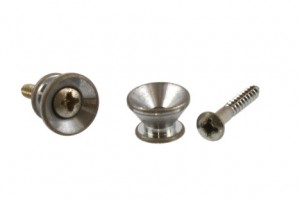
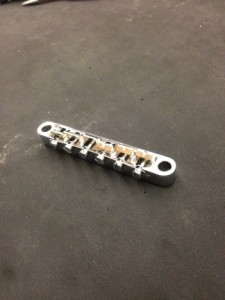
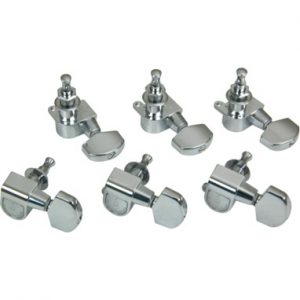
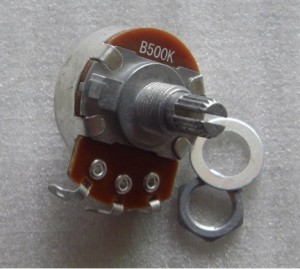
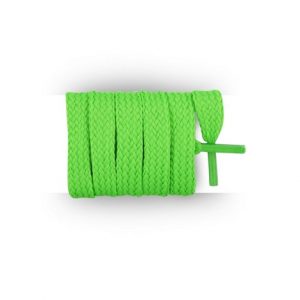
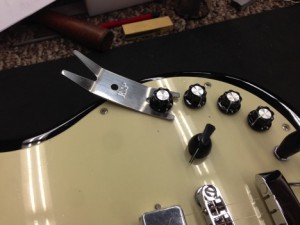
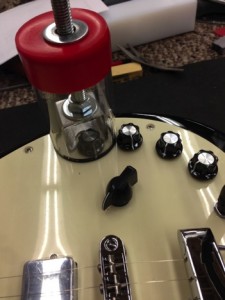
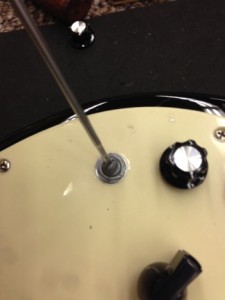
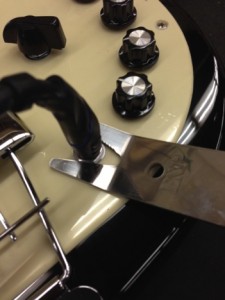
Thanks for your article, Vincent. I have a recurring problem with the G string buzzing on the common Fender-style bass bridge. Do you have any advice particular to this style of bridge?
I try to be careful to adjust the height screws so that both screws seem to be exerting equal force, but it’s tough to be sure. Your cardstock suggestion seems sensible but I wouldn’t that dampen the tone somewhat and shorten the sustain? TIA.